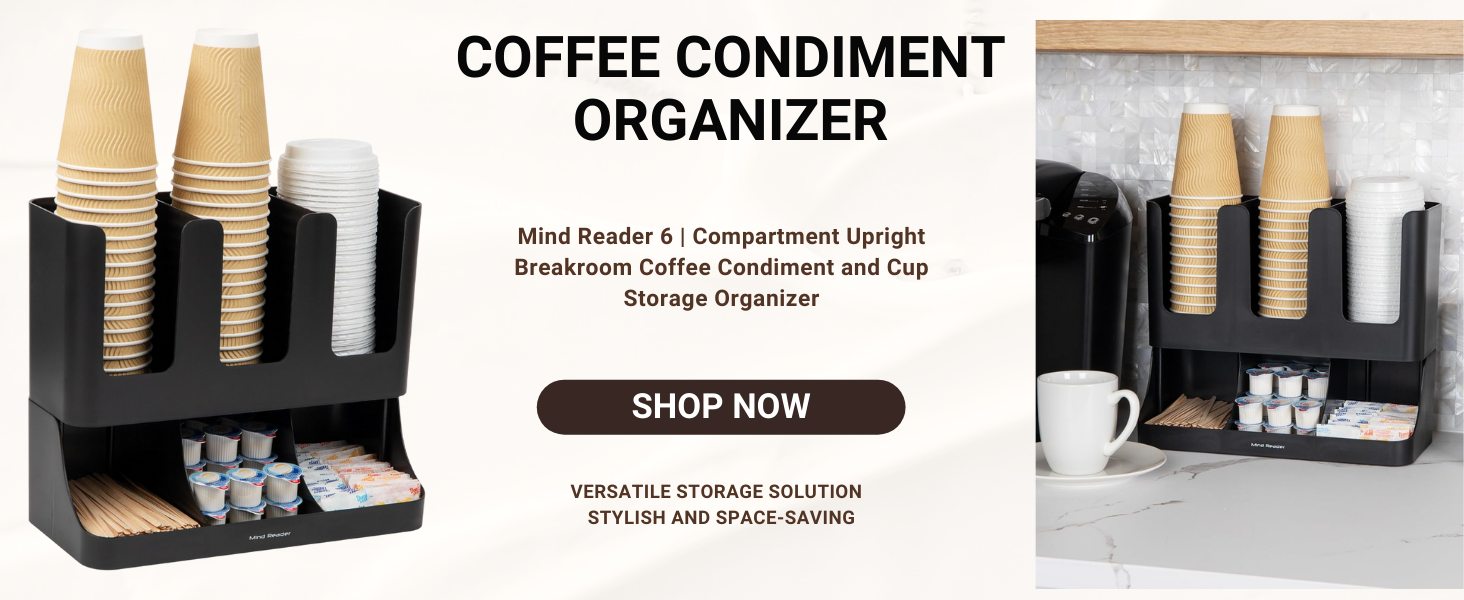Welcome to the world of Italian coffee! In this article, we’ll be exploring the recipe for a classic Italian espresso, a small but powerful shot of caffeine that has become an integral part of the country’s culture.
Italian espresso is known for its rich flavor and strong aroma, and it is often considered the benchmark for high-quality coffee around the world. The recipe for a perfect espresso is simple but precise, with each step contributing to the final product’s unique character.
To begin with, you will need freshly roasted and ground coffee beans of the highest quality, preferably from Italian coffee roasters. The beans should be finely ground and packed tightly into a special espresso filter known as a “portafilter.” Then, hot water is forced through the grounds at high pressure, resulting in a small but intense shot of coffee that is thick, creamy, and full of flavor.
Once you’ve mastered the basic recipe for Italian espresso, there are endless variations to try, such as adding a touch of milk to create a cappuccino or a latte. So, put on your barista hat and get ready to experience the authentic taste of Italian coffee!
Selecting the Perfect Roast: The Key to a Flavorful Italian Espresso
Choosing the right coffee beans is crucial to achieving the perfect cup of Italian espresso. But, did you know that the roast level of the beans can also significantly impact the flavor and aroma of your coffee? For a classic Italian espresso, it is recommended to use a medium to dark roast, which will bring out the natural sweetness and nuttiness of the beans while also providing a rich and robust flavor profile.
When selecting your coffee beans, look for blends that have been specifically designed for espresso preparation. These blends are typically made from a combination of different coffee varietals, each contributing their unique flavor and acidity to the final product. You can also experiment with different blends and roasts to find the perfect combination that suits your taste buds.

Italian espresso recipe
Equipment
- 1 espresso machine
- 1 portafilter
- 1 tamper
- 1 Coffee grinder
- 1 Demitasse cups
Ingredients
- Italian coffee roasters
- portafilter
- 7-10 grams coffee
Instructions
- Grind the coffee beans to a fine consistency using a coffee grinder.
- Pack the grounds into the portafilter and tamp down firmly.
- Place the portafilter into the espresso machine and start the brewing process.
- Once the espresso has finished brewing, pour it into a demitasse cup and serve immediately.
Notes
The Importance of Water Quality in Italian Espresso Preparation
Believe it or not, the quality of the water you use to make your Italian espresso can also significantly impact the taste and aroma of the final product. Ideally, you should use filtered or bottled water that is free from any impurities, such as chlorine or minerals, that can affect the coffee’s flavor.
In addition to the water quality, the temperature of the water is also critical. The ideal temperature for brewing Italian espresso is between 190-200°F, which is just below boiling point. If the water is too hot, it can scorch the coffee grounds and result in a bitter and unpleasant taste. On the other hand, if the water is not hot enough, it may not extract all the flavors and oils from the beans, resulting in a weak and watery cup of coffee.
By paying attention to these small details, you can elevate your Italian espresso game and enjoy a truly authentic and delicious cup of coffee.
FAQ
For a classic Italian espresso, it is recommended to use medium to dark roasted coffee beans. Look for blends that have been specifically designed for espresso preparation.
While pre-ground coffee can be used, it is recommended to use freshly roasted and ground coffee beans for the best flavor and aroma.
Yes, an espresso machine is required to make Italian espresso. It uses high pressure to brew the coffee and extract the full flavor and aroma.
Typically, 7-10 grams of coffee is used to make one shot of Italian espresso. However, the quantity may vary depending on the size of the portafilter.
Yes, you can make variations of Italian espresso by adding milk. Cappuccinos are made with equal parts espresso, steamed milk, and frothed milk, while lattes are made with more steamed milk and less frothed milk.






